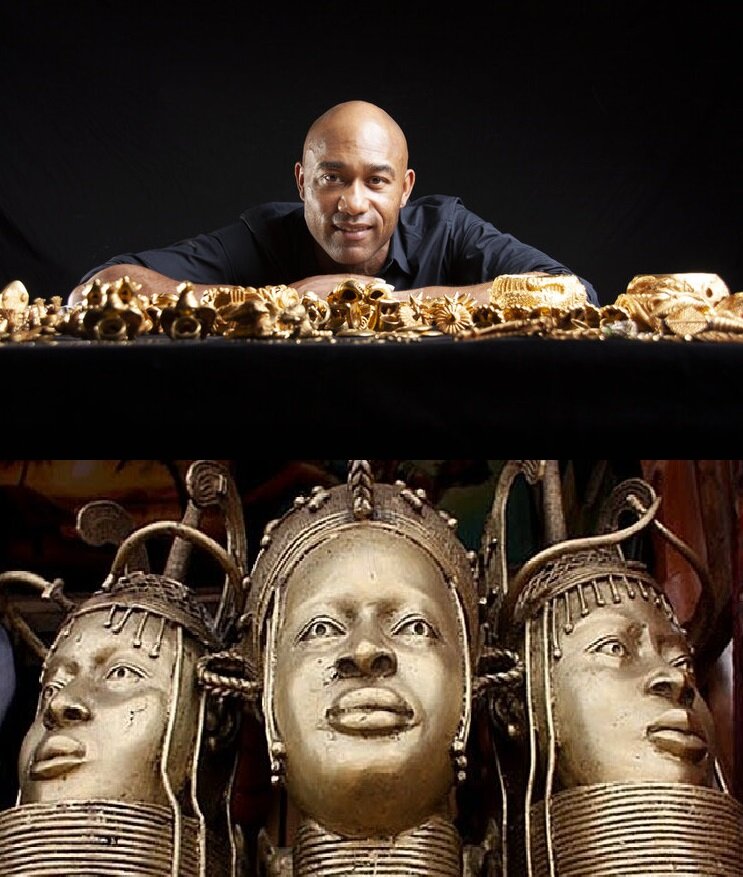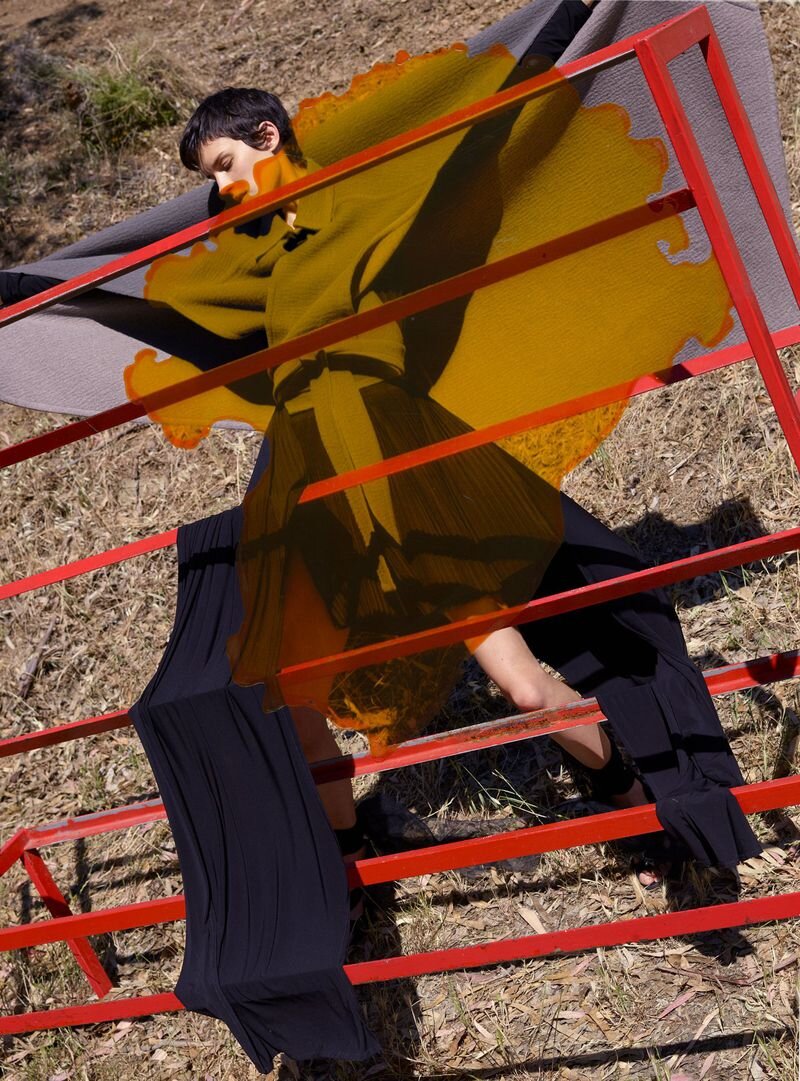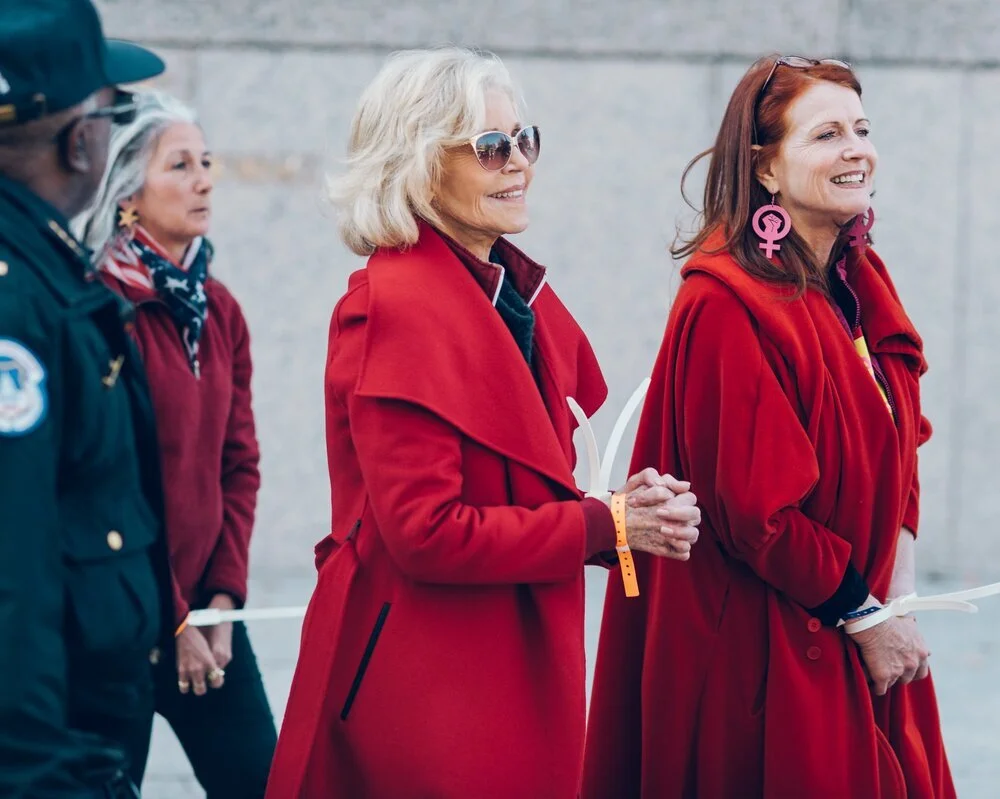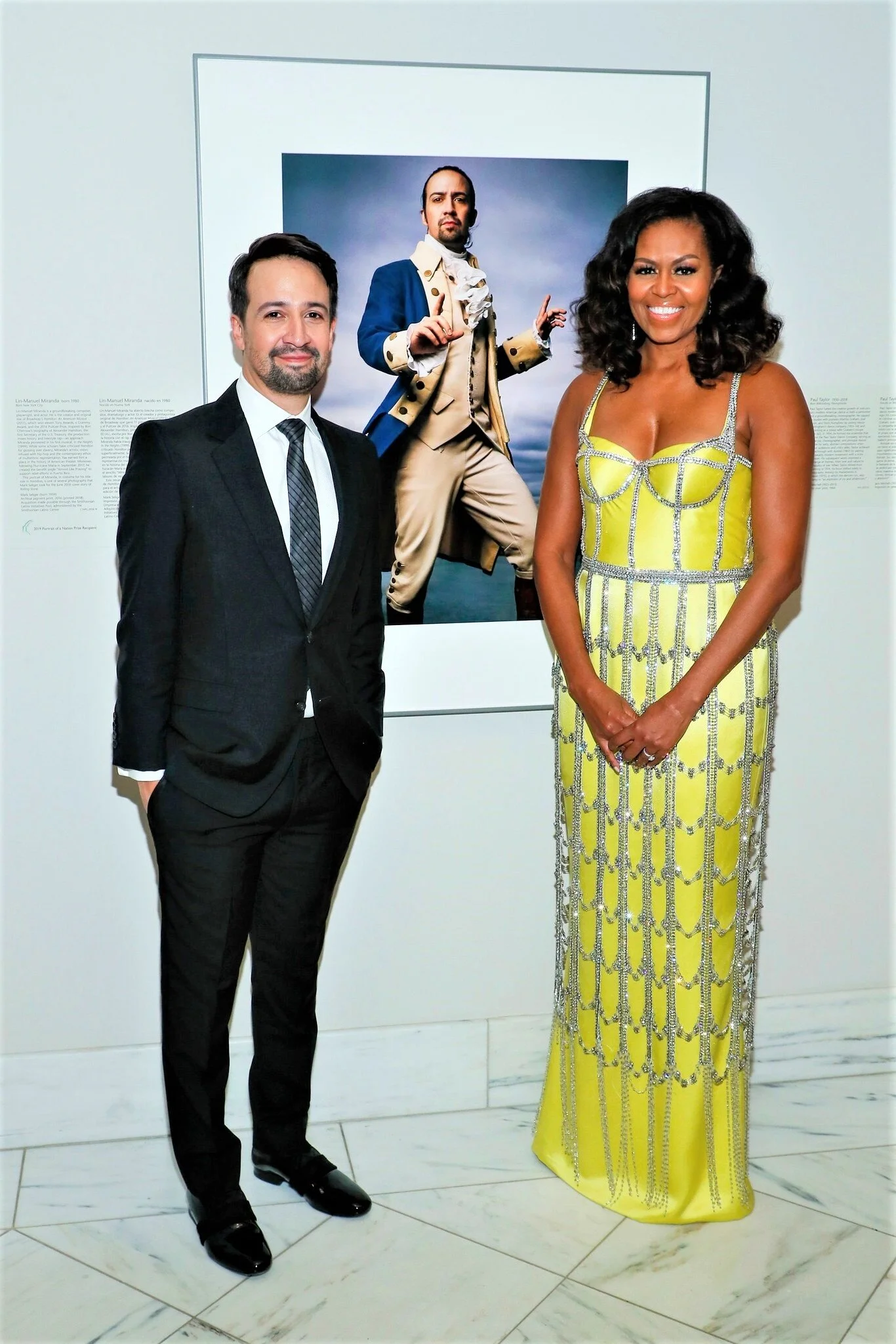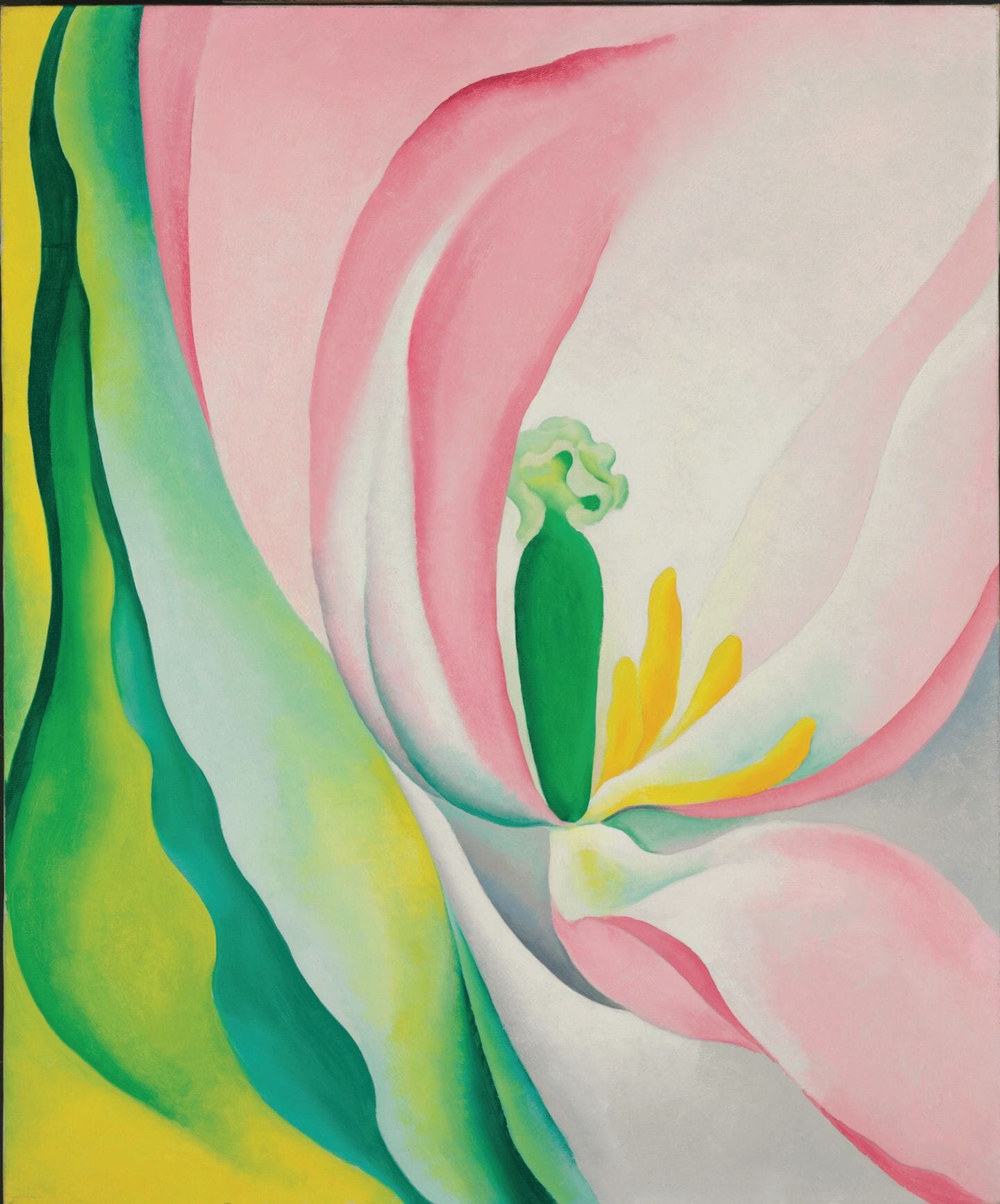Splendor in Siem Reap and Angkor Wat
/ Reflection pool at Oriental Hotel in Bangkok via Tex Flix on Flickr
Reflection pool at Oriental Hotel in Bangkok via Tex Flix on Flickr
As a design person, I was amazed at the refined aesthetic of everyday people living in Southeast Asia. I remember returning to the Oriental Hotel in Bangkok one evening.
Entering my room, I found my long, silk gown draped across the bed, waiting for me. My surprise came in the bathroom, however.
Late for dinner, I had tossed my hairbow askew somewhere; the same for my necklace and earrings. Truthfully, there was a lot of stuff around one woman’s face in those years.
Precious Attention to Detail
The maid made art of my belongs. She clasped the necklace, placing it on a linen towel, then put the earrings inside, perfectly centered. My hairbow rested upright, near the clasp, completing this jewelry art collage. I was so impressed that a maid would create beauty from my belongings.
This attention to precious detail and presentation is central to Asian and Oriental cultures.
This breathtaking photo of Cambodia’s Siem Reap pull my heart and memories back to Southeast Asia. I’ve not visited Angkor Wat. It lives as a focus point on my To Do list … along with Vietnam.
Reuters takes us on the crunch “48 hours in Siem Reap” tour. Read and enjoy. I moved on to You Tube, wanting to capture the sensual intricacy of the temples. I need a contemplative moment in my totally frazzled state. No tuk-tuk rides or market scenes for me. I need a totally peaceful moment, reveling in the extraordinary beauty and intricate carvings of the Cambodian Temples.
 Apsaras are an embodiment of the ideal female beauty in Cambodian culture. Both modern and ancient Khmer artists rendered them elaborately and with great emotional intensity.The organic, fecund nature of this architecture is so female. Not pyramids pointing to the heavens, these temples and carvings are pregnant with sensuality and female spirit. These temples do not worship kings, but nature herself. The surfaces do not immediately reveal their entire detail. Like a mysterious woman, they require diligent study and investigation. I can imagine these walls revealing new surprises, with every visit.
Apsaras are an embodiment of the ideal female beauty in Cambodian culture. Both modern and ancient Khmer artists rendered them elaborately and with great emotional intensity.The organic, fecund nature of this architecture is so female. Not pyramids pointing to the heavens, these temples and carvings are pregnant with sensuality and female spirit. These temples do not worship kings, but nature herself. The surfaces do not immediately reveal their entire detail. Like a mysterious woman, they require diligent study and investigation. I can imagine these walls revealing new surprises, with every visit.
I wonder how many hands have caressed these sacred walls. Thousands? Millions?
Watching this Siem Reap video, I’m spellbound over their gorgeous essence. I hope you enjoy them, too. I must run … back to work … a big project launching any day. I miss you, but my life is not my own this minute.
These great walls speak to me, reminding me that nurturing spirits is not a part-time job. One either commits or gets out of the garden. I’ll do better this week.
Love,
Anne





